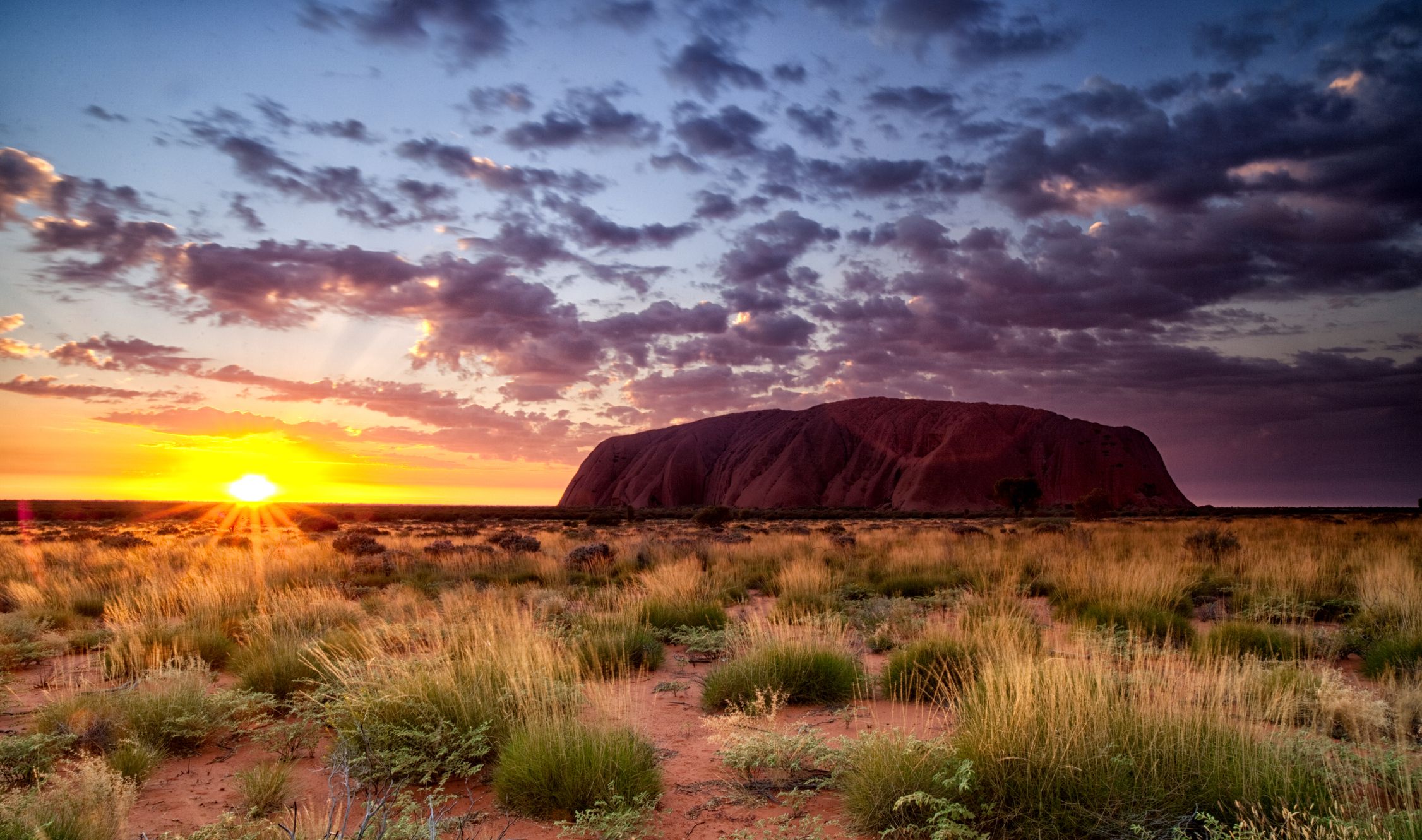



Article by: Hari Yellina (Orchard Tech)
Who owns the Australian outback is a vexed question. The true answer is First Nations peoples, whose ownership stems back 60,000 years. The legal answer is more complex. It’s a mess of titles – freehold, pastoral leases, crown leases, public land, native title and land held by Aboriginal trusts. Moreover, no two jurisdictions store or share that data in the same way. After copious amounts of research, it has been established that there is no nationally consistent protocol for recording land tenure and land use information or even clearly established definitions of what constitutes ownership or control of the land.
Pastoral leases cover 44% of Australia, according to Austrade. Pastoral leases are defined by Austrade as a title issued for the lease of an area of crown land to use for the limited purpose of grazing of stock and associated activities. We were able to identify the leaseholders for just over half that area, pulling together data on more than 400 owners who together hold 700 stations covering 189.5m hectares – or about a quarter of the country. The person who holds the most land in this pastoral-lease data, by far, is the Western Australian mining magnate Gina Rinehart, who controls 9.2m hectares, or 1.2% of Australia’s landmass, through three different corporate entities.
The biggest corporate landholder is the ASX-listed Australian Agricultural Company. AACo’s biggest shareholder is the Bahamas-based AA Trust, controlled by the British billionaire Joe Lewis, who is also the owner of the UK football team Tottenham Hotspur. About 40% of Australia is covered by native title, in both exclusive and shared title. Australian government reports state that Indigenous communities hold the freehold title to 17% of the country, mainly in the Northern Territory and South Australia.
According to Guardian Australia, the definition of Indigenous tenure, for mapping purposes, includes exclusive-possession native title and freehold, which confer the right to exclude others from the land. This amounts to about 26% of Australia’s landmass. This definition does not invalidate non-exclusive native title – land that features other forms of ownership such as pastoral stations – or Indigenous ownership in areas where native title has been extinguished. When the non-exclusive native title is included, the proportion of Australia is about 54%.